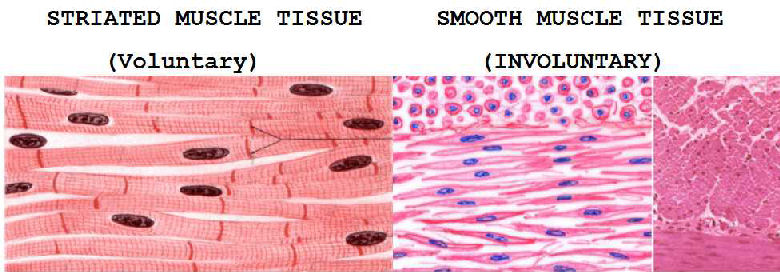194.HOW DO OUR MUSCLES WORK?
In our bodies there are certain cells which make up connective tissue — tissue that joins the various parts of the body together. All the cells in connective tissue can contract, or tighten up. In some parts of the body, these cells can contract to a special degree, so they transform themselves into muscle.
At those points in the body where muscle cells are used frequently, they multiply and join together to form a single smooth muscle composed of many fibers.
Smooth muscles are found in many parts of the body and help many organs to function. For instance, smooth muscles contract and dilate our eyes, regulate our breathing, make our intestines function.
The fiber of smooth muscles is strong, but it is slow. So whenever rapid motion is necessary, the body has developed the smooth muscles a step further. The fibers of the smooth muscles have developed into a higher form called striated muscle. All the muscles which make our limbs move are striated.
There are 639 muscles in the human body. The muscles are really the flesh of the body, just as the red meat bought at the butcher shop is really muscle. Muscles are all sizes and have many shapes. A medium sized muscle contains about ten million muscle cells, and the whole body contains about six billion muscle cells!
Each of these six billion muscle cells is like a motor containing ten cylinders arranged in a row. The cylinders are tiny boxes that contain fluid. A muscle contracts when the brain sends a message to these tiny boxes. For a fraction of a second, the fluid in the tiny box congeals; then it becomes a fluid again. It is this action that causes the muscle to move.
The only muscles in our bodies that we can move are the striated muscles. The smooth muscles (for instance, those that control digestion) act independently of our will. When a muscle is stimulated into action, it reacts quickly. It may contract in less than one tenth of a second. But before it has time to relax, another message comes along. It contracts again and again. All these contractions take place so quickly that they become fused into one action with the result that the muscle performs a smooth, continuous action!



Leave a Reply